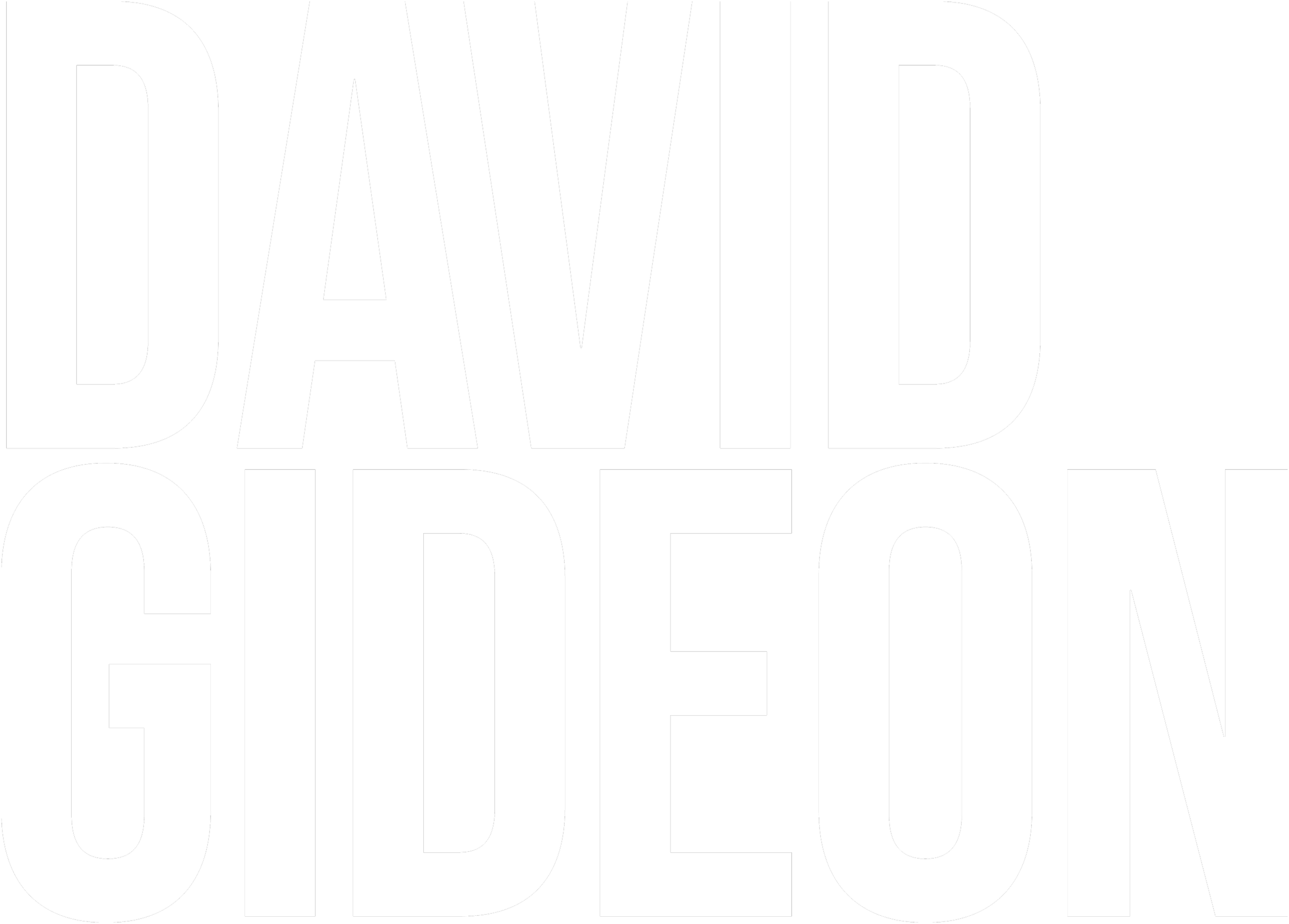Who Are You, And How Did You Get Here?
Although Lee did not directly address this in his classes, the names that we call our exercises are for training purposes only. As we discussed our scenes and processes with him we had to have a common vocabulary. Therefore, if an actor said s/he was working on an “overall sensation”, or a “personal object”, or a “specific place”, etc. Lee and the rest of the class knew immediately what the actor was trying to achieve. In actual performance there is no need for these labels because the work itself will not be discussed as it is in the classroom – not even with the director. Instead, the actor will have available an active imagination. and will be truthful and believable due to all of the training and homework that preceded performance. Sometimes the work that is created defies naming, but thanks to all the classroom work, takes the actor wherever it is necessary to go.
The unfortunate thing about this is that labels often diminish or restrict the actual experience. In other words, whatever a sense memory exercise is called is only a fraction of what actually happens when it becomes real to the actor. There is no greater example of this than when a person is created sensorially and used as a “substitution”. I have heard esteemed members of The Actors Studio become enraged when they hear that an actor “substituted” in a scene. Their logic is that “when an actor is ‘replaced’ by a ‘substitution’, the actor who is creating the ‘substitution’ stops responding and reacting to the actual actor in the scene with him/her”. Properly done, however, this couldn’t be further from the truth.
In training, an actor is asked to “create a person of specific meaning to you; someone you either love or hate”. There is no mention of substitution at this point. It is just another sense-memory exercise. When this is successfully accomplished, the actor is asked to engage with the person and say and do whatever they always wanted to but never felt free enough to actually do. Once open and expressive, each actor is shown some of the possibilities of how to apply this to their acting. One, and only one, of the possibilities is to take their creation to the other actor, combine them, and continue to interact. This is how to go about “substituting”. Of course, because there are no right or wrong ways to use these exercises, no actor is asked to limit the applications. In Lee’s classes, and in mine, the “substitutions” are always made with the teacher. This usually is during the second month of training.
It is always fun (particularly in my college classes) when an actor starts interacting with me with the energy and inner life caused by the “substitution”. All of a sudden the actors, while engaging with me and taking instruction, feel as if they want to attack me, or become intimate with me, depending on their true feelings for the person they are creating. When I tell them not to hold back (to go ahead and follow their impulses) they are often shocked to find themselves lashing out at me physically (I actually allow them to punch or slap my hand) or embracing me (I allow them to hug me) while never losing awareness that it is me. Especially in my college classes (at first, the separation between student and teacher is often more acutely felt than in my professional classes) we joke that they couldn’t foresee interacting with me that way when we first met.
It works the same way in scene work and performance. We know exactly with whom we are engaged yet we feel towards them the intense feelings that we have for the person we are creating. In no way does the created person replace the other actor.
Actors are often given the task to play this scene, “‘as if’ you are in love with the other character”. (It works the same way when actors are asked to play it “as if” they are your worst enemy). The first instinct is to remember a particular person and try to recall those feelings and bring them to the scene. No one seems to find fault with this even though it is usually a hit or miss approach. When we actually get in touch with those feelings through sense-memory and bring them to the scene by actually attaching the sense-memory to the other actor, the insufficiently experienced get confused and think that “substitution” means replacement.
What actually takes place is even more exciting than that. Our imaginations are so stimulated by the creative process that the relationship often transcends the reality. Actors wind up playing the scene with neither the created person nor the other actor, but with a new, imagined person with a significantly heightened relationship.
So you see, it’s not really a substitution. It replaces nothing. Perhaps we would be better off calling it an “enhancement” rather than a “substitution”. But as Lee Strasberg often said, “it doesn’t matter what you call it as long as it works. Just describe for me what you are doing and I will know”.
“A rose by any other name would smell as sweet”. William Shakespeare, Romeo and Juliet
